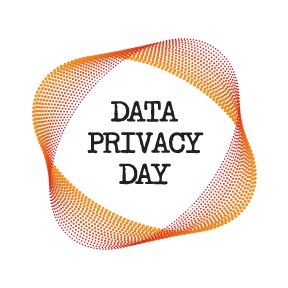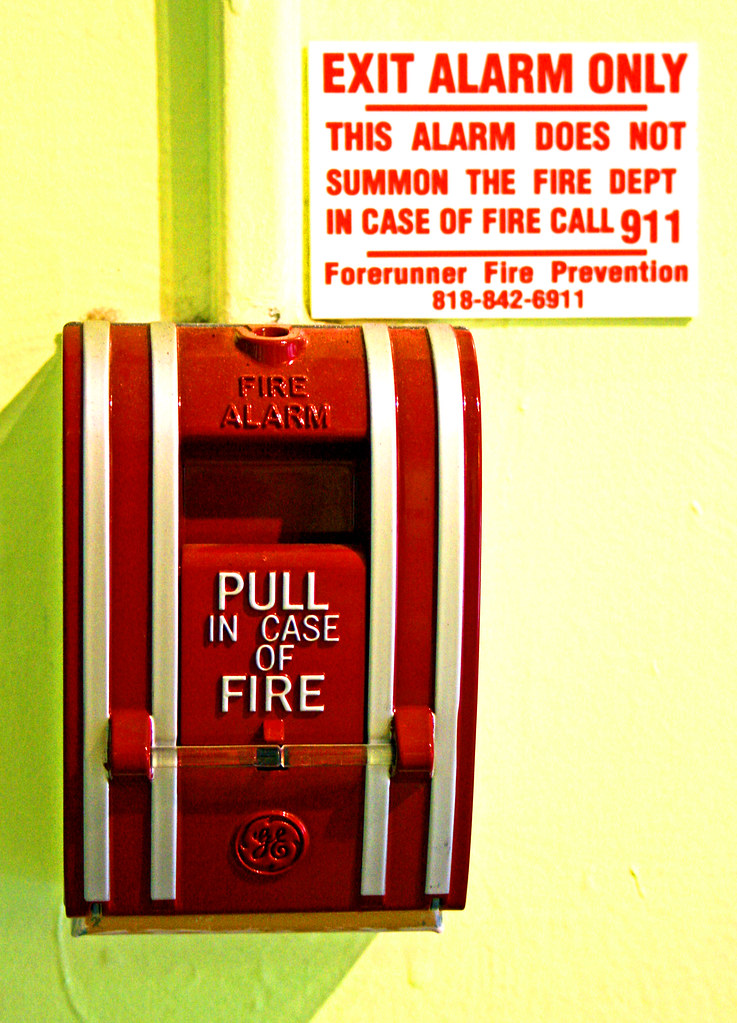
Happy early Data Privacy Day from LDH! Even though there might not be an opportunity this year to put cookies in the staff room as a way to educate staff about their less-than-tasty web counterparts, you can still celebrate this day at a safe distance. This January 28th, celebrate the day with your colleagues and patrons with the following suggestions:
- Want to know about the recent history and current issues around personal data but don’t have the time to go through the stack of books about the subject? The WIRED Guide to Your Personal Data (and Who Is Using It) provides a quick(ish) overview of the historical and current issues around personal data.
- Review your privacy settings on popular websites and services. The National Cybersecurity Alliance created a list of the privacy setting pages of several major companies and services to help you, your colleagues, and patrons to get started.
- We created a list of data privacy films and videos for a patron or staff watch party that you can use for planning virtual watch parties and discussions (popcorn not included).
- Take some time on the Surveillance Self-Defense site to shore up basic data security on your devices and applications. Check out the Security Starter Pack if you don’t know where to begin. If you are a seasoned pro or are looking for something more advanced, SSD has you covered with a list of advanced guides for you to continue your learning.
- Data privacy isn’t just for adults. Teen librarians can use Data Detox X Youth to teach preteens and teens about data privacy/security basics and navigating misinformation online.
This week also marks the second anniversary of the launch of LDH Consulting Services! 2020 proved to be a challenging year for everyone, including fledgling businesses such as ours. Thank you to all of our clients and supporters for your continuing support. You can check out some of the projects and workshops we completed in 2020 on our Services page. We will update the page with our 2021 projects and workshops materials – bookmark the page to keep on top of updates. We’re also accepting new projects and clients for the Fall and Winter 2021/2022 seasons. From privacy training and policy reviews to data audits and risk assessments, LDH can help your library or organization protect patron privacy in your data practices. Contact us to set up an initial consultation – we look forward to hearing from you!



